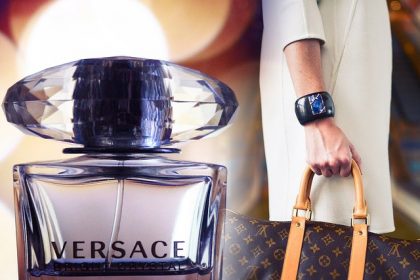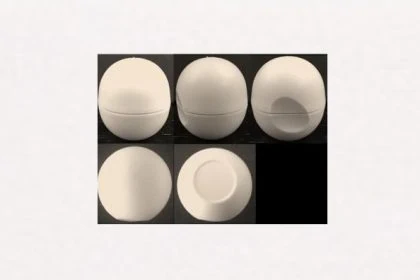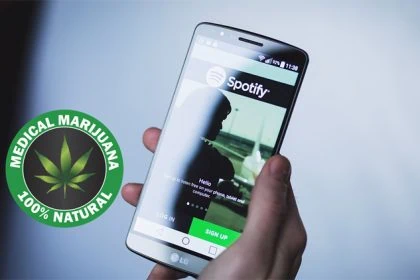According to general case law for EU trademarks, the product similarity must always be assessed in the case of a likelihood of confusion, especially in the attention of consumers. But what does the legal practice look like for well-known or luxury brands or even medicines? A look at the legal practice and European case law:
Product similarity and sign similarity: interrelation
It has been established in the case law for EU trademarks for many years that in particular the interdependence between the similarity of the signs and the similarity of the products must always be assessed when examining a possible likelihood of confusion (ECJ judgment of 2003, Giorgio Beverly Hills, T-162/01, EU: T:2003:199).
Similarity of signs and similarity of products are cumulative, i.e. both must be present for a finding of likelihood of confusion (Art. 8(1)(b) of Regulation No. 207/2009), and may also offset each other. Reference is made to the ECJ judgment of 2009 (Commercy v OHIM – easyGroup IP Licensing [easyHotel], EU:T:2009:14).
Nevertheless, in the judgments on the likelihood of confusion of EU trademarks, the similarity of the signs often takes up a large part of the reasoning of the judgment. However, product similarity is equally important. We summarize here essential points from the European case law on this.
Most common case: consumers are the “general public”
Consumers are often identified as the “general public.” It is obvious that in almost all cases the sale of products and branded goods is directed at the general public. In that case, according to case law, the perception of the average consumer in the relevant public must be taken into account; de facto, this means an average level of attention.
But does this also apply to consumers who specifically buy very expensive branded products, i.e. so-called prestige brands?
Buyers of luxury products = higher attention?
In proceedings concerning likelihood of confusion, well-known brand manufacturers in particular like to argue that the purchaser of “luxury” branded products is by no means to be regarded as an average consumer and that the level of attention of these consumers is above average.
Whether this argument will hold up in court depends on whether the very exclusive market segment is really only known to relevant special circles of the public – and how this is proven. For if the relevant public is composed of consumers from the general public and other public (such as professionals), according to ECJ case law, the part of the public with the lowest degree of attention is to be taken into account ([ERGO Group], T-221/09, of 2011).
Very well known brands: The consumer favorites
Another special case are the so-called very well known trademarks, which are often very popular consumer favorites.
The ECJ ruled on this issue as early as 1999 (in General Motors, C-375/97, EU:C:1999:408) that a reputation threshold is required in all EU countries in order to invoke the status of “well-known trademark”. This status is sought because, due to its reputation, a “well-known trademark” has, in principle, an increased distinctiveness, which grants it a more comprehensive protection.
It is only when a mark has a sufficient degree of recognition that the public, when confronted with the later mark, including, where appropriate, in the case of non-similar goods or services, is able to establish a link between the two marks, with the result that the earlier mark may be adversely affected. This is because Article 8(5) of Regulation No. 207/2009, unlike Article 8(1)(b), applies when the relevant public makes a mental association between the conflicting marks without necessarily confusing them.
Calvin Klein therefore argued before the ECJ in 2010 that the reputation of an earlier mark must be assessed in the context of evaluating the similarity of the conflicting marks and not only after the similarity has been established.
However, the ECJ disagreed (CK Calvin Klein EU:C:2010:488). This is because the similarity of signs between marks is a necessary condition for the application of Article 8(5) of Regulation No 40/94.
In other words, if there is no similarity of signs in a case of likelihood of confusion, the status of a well-known mark cannot be invoked. Thus, at least a low degree of similarity of signs must be present for this.
Pharmaceutical products / medicines / over-the-counter preparations
All pharmaceutical products and medicines are accorded a high degree of attention under general case law. This is true even when pharmaceutical preparations are available to consumers without a prescription, the 2018 ECJ ruled in Tillotts Pharma AG v. Ferring BV, EU:T:2018:354. Consumers also have a relatively high degree of attention with respect to veterinary preparations insofar as they concern the health condition of animals, the ECJ ruled.
And in relation to sanitary preparations in class 5, the level of attention, while not high, was above average, as these preparations included both goods for daily use and goods for medical use.
How much Europe is needed for proof of likelihood of confusion?
Actually, for the examination of an EU trademark, which, after all, covers the entire territory of the European Union, it is how it is perceived by consumers in that territory that counts. So by all Europeans? No, that is basically only an exception. Because the whole of Europe only has to be taken into account when proving acquired distinctiveness of an EU trademark (please read our article: Acquired distinctiveness: How much Europe is necessary?).
In contrast, for the proof of genuine use of a trademark and also for the claim of likelihood of confusion, it is sufficient to prove this only in a part of the European Union, even in a very small part of the EU. Incidentally, for reasons of procedural economy, the Board of Appeal may therefore also limit its examination of the likelihood of confusion to only one EU territory.
Would you also like to protect or defend your product?
Our attorneys have many years of expertise in trademark law as well as in the entire field of intellectual property and are authorized to represent you before any court – in Germany and also internationally.
Please feel free to contact us if you are interested.

Sources:
judgement sources are given directly in the text
Image:
PaulaAPh | pixabay | CCO Licsense
stock snap | pixabay | CCO License








Leave a Reply